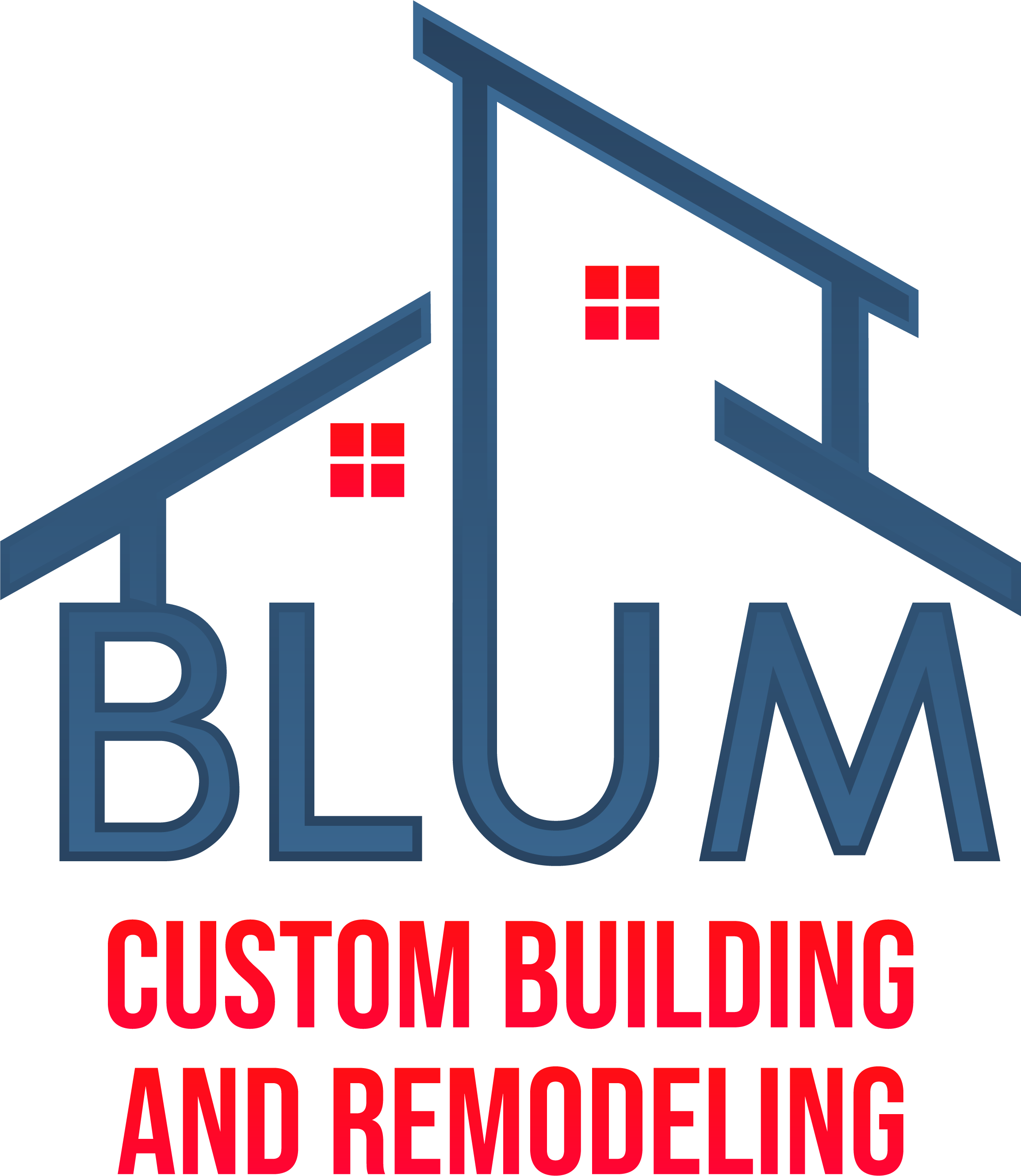Building a custom home from the ground up involves careful planning, expert execution, and constant communication between all parties involved. The process spans several months and requires coordination between architects, engineers, contractors, and suppliers. Knowing each phase helps homeowners make informed decisions and set realistic expectations for their project timeline and budget.
Pre-Construction Planning & Design Development
The construction process begins long before any physical work starts on site. Initial consultations establish the project scope, budget parameters, and desired timeline. Homeowners work with design professionals to create floor plans that reflect their lifestyle needs, family dynamics, and future goals. This phase typically takes 2-3 months and includes multiple design revisions.
Architectural drawings progress from rough sketches to detailed blueprints that specify every measurement, material, and structural requirement. Engineers review the plans to ensure structural integrity and compliance with local building codes. Soil testing determines foundation requirements based on ground composition and drainage patterns. These technical assessments prevent costly surprises during construction.
Permit Acquisition & Site Preparation
Obtaining building permits in Bellaire requires submitting complete architectural plans, engineering reports, and site surveys to the local building department. The review process typically takes 4-6 weeks, depending on project complexity and department workload. Permit fees vary based on the home’s square footage and construction value.
Site preparation begins once permits are approved. Existing structures undergo demolition if applicable, with crews carefully removing materials and properly disposing of waste. Survey teams stake out the exact building location according to approved plans and setback requirements. Utility companies mark underground lines to prevent damage during excavation.
Foundation Work & Structural Framing
Excavation crews dig to the specified depth for the foundation, creating level surfaces and proper drainage slopes. The foundation type depends on soil conditions, home design, and local building practices. Concrete slab foundations are common in Bellaire due to the climate and soil characteristics. Pier and beam foundations provide additional elevation in flood-prone areas.
Foundation contractors install reinforcing steel (rebar) according to engineering specifications before pouring concrete. The concrete requires several days to cure properly before framing can begin. Foundation inspections verify proper installation and compliance with approved plans before crews proceed to the next phase.
Framing the Structure
Framing crews erect the skeleton of the home using dimensional lumber or engineered wood products. Wall studs, floor joists, and roof trusses go up in a systematic sequence. This phase typically takes 2-4 weeks for most custom homes. Proper framing ensures structural stability and creates the spatial layout defined in architectural plans.
Window and door openings receive proper headers to support loads above them. Roof framing includes appropriate slopes for drainage and adequate support for roofing materials. Structural engineers may visit the site during framing to verify that construction matches approved engineering plans. Any deviations require immediate correction before work continues.
Rough-In Systems & Exterior Enclosure
Once framing passes inspection, mechanical, electrical, and plumbing (MEP) contractors install rough-in systems throughout the home. Electricians run wiring for outlets, switches, lighting fixtures, and appliances. Plumbers install water supply lines, drain pipes, and gas lines. HVAC contractors install ductwork and equipment placement.
This phase requires careful coordination between trades to avoid conflicts where systems intersect. Inspectors review rough-in work to verify code compliance before crews cover walls with insulation and drywall. Proper rough-in installation prevents problems that would be expensive to correct later.
Building the Exterior Shell
Exterior work proceeds simultaneously with interior rough-ins. Roofing crews install underlayment, shingles, and flashing systems to protect the structure from weather. Exterior sheathing receives a weather-resistant barrier before siding installation. Window and door units are installed and properly sealed against air and water infiltration.
Brick, stone, stucco, or siding application changes the framed structure into a recognizable home. Exterior finishes protect the building envelope while creating the desired aesthetic appearance. Proper installation techniques prevent moisture intrusion that could damage interior spaces or structural components.
Interior Finishes & Final Systems
Insulation installation in walls, ceilings, and floors improves energy efficiency and comfort. Drywall crews hang, tape, and finish wallboard throughout the interior. Multiple coats of joint compound create smooth surfaces ready for paint or wallpaper. This process takes several weeks and requires adequate drying time between coats.
Trim Work & Cabinetry Installation
Finish carpenters install door casings, baseboards, crown molding, and other decorative trim elements. Cabinet installers position kitchen and bathroom cabinetry according to design specifications. Countertop fabricators template, cut, and install stone or solid surface counters. These details define the home’s character and reflect the homeowner’s style preferences.
Flooring contractors install hardwood, tile, carpet, or other specified floor coverings. Each material requires specific substrate preparation and installation techniques. Proper installation ensures durability and maintains manufacturer warranties.
Final Fixtures & Completion Tasks
Electricians return to install light fixtures, switches, outlets, and cover plates. Plumbers install faucets, toilets, sinks, and other fixtures. HVAC technicians connect registers, thermostats, and commission heating and cooling systems. Appliance delivery and installation occurs near the project’s end.
Painters apply final coats to walls, trim, and cabinetry. Touch-up work addresses minor imperfections discovered during the process. Exterior landscaping, driveways, and walkways restore the site to a finished condition. Final cleaning removes construction debris and prepares the home for occupancy.
Building Department Final Inspection
The local building department conducts a final inspection covering all systems and construction elements. Inspectors verify that completed work matches approved plans and meets current building codes. Any deficiencies must be corrected before the department issues a certificate of occupancy.
The Final Walkthrough Experience
The final walkthrough gives homeowners their first view of the completed home. Contractors demonstrate how systems operate and provide maintenance information. A punch list documents any minor items requiring attention before closing. Most builders provide warranty information and contact details for post-construction support.
This thorough process typically takes 8-12 months from demolition to final walkthrough, depending on home size, design specifications, and weather conditions. Each phase builds upon previous work, creating a finished home that meets the owner’s vision and provides years of comfortable living.

